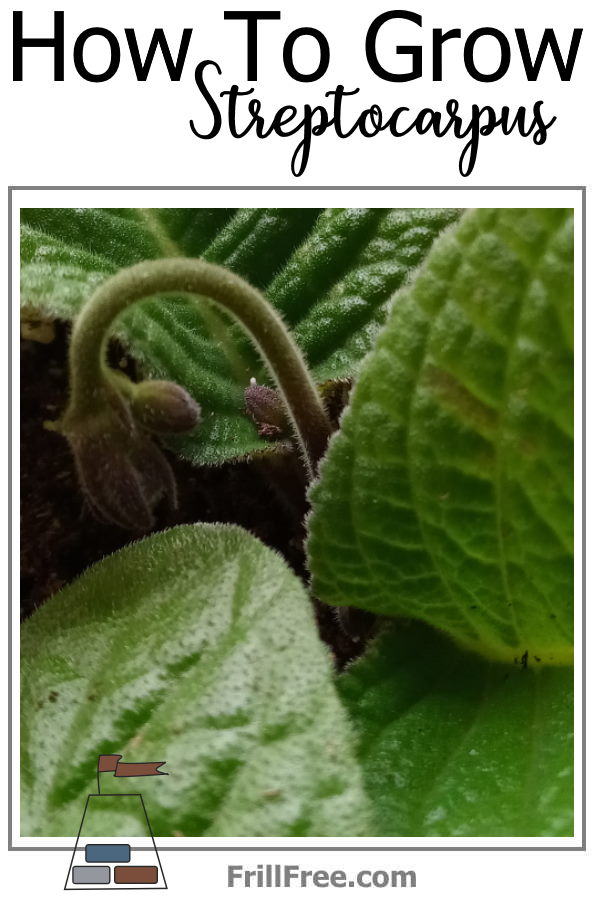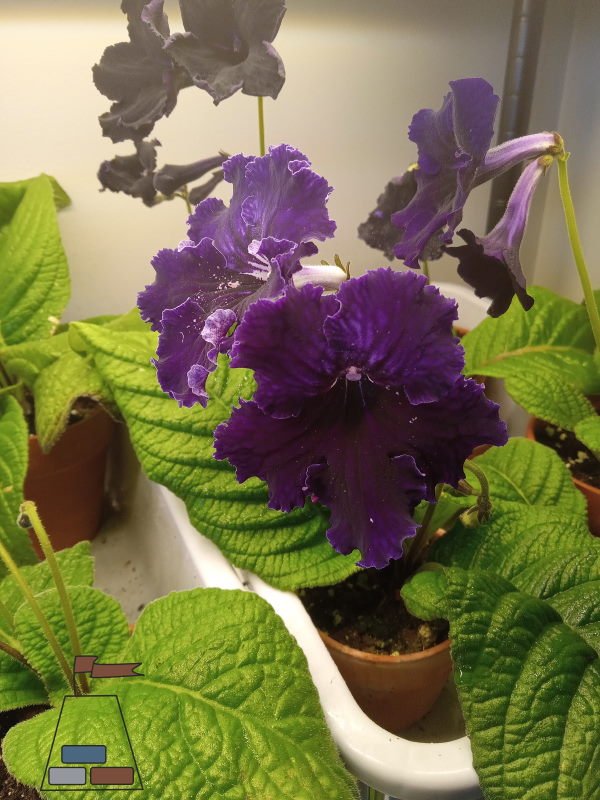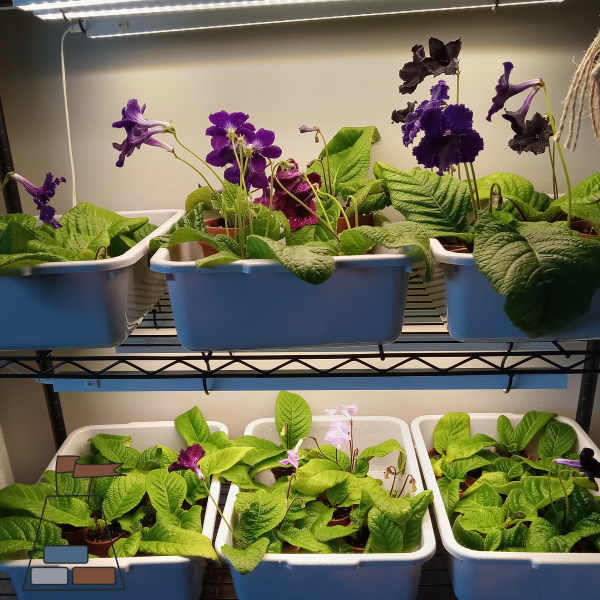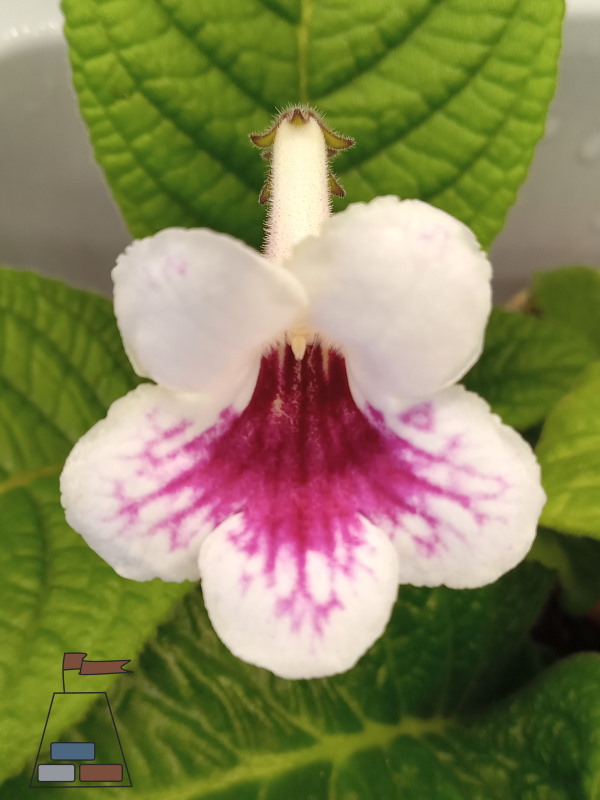- Homesteading
- Growing Ornamental Plants
- How To Grow Streptocarpus
How To Grow Streptocarpus
The Beautiful Cape Primrose
I am a participant in the Amazon Services LLC Associates Program, an affiliate advertising program designed to provide a means for me to earn fees by linking to Amazon.com and affiliated sites. Other links on this site may lead to other affiliates that I'm associated with.
The leaves do kinda look like a primrose, but these are the furthest thing from it - find out how to grow Streptocarpus - from leaf cuttings, seeds and general care.

The seed part is pretty easy, if a bit fiddly, as the seeds are so tiny. I grew them from seed started in about January, and here in July they're starting to take off into full glorious bloom.
You can also use leaf cuttings for making more. I recommend waiting until your seed grown ones bloom, then choose the ones you like the best, both for flower color and shape, and the form of the plant and how healthy it is.
 Grow Streptocarpus in bussing tubs to give them high humidity and make it easy to water them from the bottom
Grow Streptocarpus in bussing tubs to give them high humidity and make it easy to water them from the bottomGenerally, if you remember that these plants originated on the jungle floor, sheltered by enormous trees that fed water to them via the leaves above filtering the rainfall, and moisture running down the trunks of the trees into the moist, leaf-mold type soil, you will do alright.
They cannot take any cold temperatures, so keeping them inside is crucial. Room temperatures of between 65 and 75 F. or 16 to 25 C is ideal. Keep them out of the draft of an air conditioner or heat pump fan.
The Best Light For Streptocarpus
They absolutely resent full sun, even a little bit. The leaves will scorch and go brown if they are exposed to sunlight. Keep them under lights or in bright indirect light, say a north facing window, or in a brighter window with sheer curtains.
They require 12 to 13 hours of light every day, with the rest fully dark for best flower production.
 Growing Streptocarpus under lights makes it possible to customize the light levels and day length
Growing Streptocarpus under lights makes it possible to customize the light levels and day lengthStreps Favorite Soil
The soil they prefer is humousy and holds a lot of moisture, while still being well drained.
The best soil is a pasteurized soil, preferably with a water holding polymer so it's easy to keep them moist.
They like the type of potting soil that is peat based, or coco coir fiber, mixed with perlite or pumice for drainage.
Then keep the soil consistently moist. They won't recover from even a short time of being dry, with one exception; when they're blooming.
Don't ask me why, but they are a lot less picky when they have flowers. See more about flowering Streptocarpus, and how to trigger the blooming cycle.
Streptocarpus Problems
If you see them looking dull and droopy, you know they're in trouble.
They seldom resume growth after being dried out too much, which explains why they are hard to find in anything but a specialist nursery. Don't expect your local garden center or supermarket to carry them.
They are not fussy apart from this. Once they get established, they will bloom almost non-stop all year.
I grow them in small clay pots, and it's amazing how they grow and produce large amounts of flowers and such gigantic plants even in something so small.
I keep a grouping of these in a plastic bussing tub, so I can water from below.
 Grow Streptocarpus from seed and get surprises, like this beautiful white flower with red bee guides
Grow Streptocarpus from seed and get surprises, like this beautiful white flower with red bee guidesWatering Your Streptocarpus
About once a week I'll water with tempered (never cold) water either from my well, that's treated with UV light and filtered, or collected from the heat pump as it goes through a defrost cycle. Rainwater, if you can harvest it, is the absolute best.
The water is poured into the bussing tub, and overnight, it disappears as the clay pots suck it up via capilliary action.
Every day, twice a day they get sprayed on the leaves, and as the foliage is pleated and corrugated so deeply, the water runs down directly into the crown of the plant.
Fertilizing Streptocarpus
Approximately once monthly, or when everything else gets fertilized, I'll use a weak solution of AeroGarden Liquid Fertilizer, which seems to be kelp and fish fertilizer by the smell, so if it's not available, something similar will be perfect.
You can see more here about my plant growing set up and the grow lights I use.














